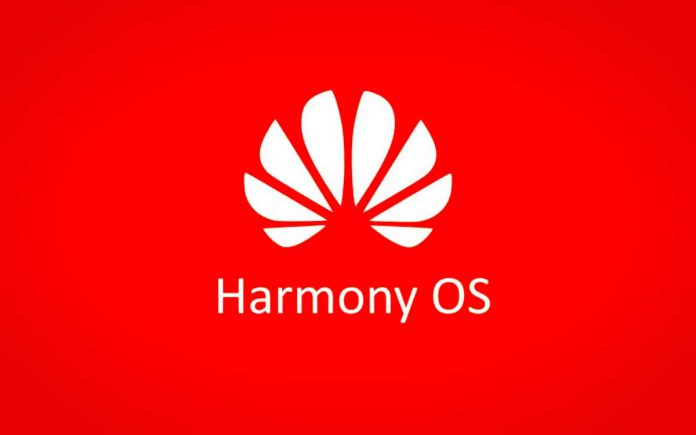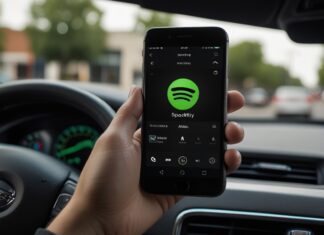Huawei launched the first beta of HarmonyOS 2.0 its alternative to Android in December 2020. Only a handful of very new smartphone and tablet models are currently compatible. The operating system seems to do everything to look like Android, up to the code level, presumably not to lose too many developers en route.
Huawei is proposing to join HarmonyOS 2.0’s beta program as an alternative to theAndroid operating system that the firm has been developing behind the scenes for nearly years. The goal for now is mainly to seduce developers,without which the usefulness of the mobile operating system will remain limited. Huawei claims that HarmonyOS 2.0 comes with “more than 15,000 APIs”, those programming interfaces that facilitate application development. But also a new development suite called Huawei DevCo Studio IDE (in version 2.0 beta 3).
And from the outset we notice that developers and customers of the Android era should generally feel at home in the HarmonyOS ecosystem (formerly called HongmengOS). The first captures via the development suite emulator show that the design of HarmonyOS 2.0 resembles (not to say it is identical) to that of the EMUI 11 Android overlay. And the similarities are not just cosmetic: the applications are coded in Java and the structures are set in XML files, just like on Android.
HarmonyOS 2.0: Here’s how to test the new operating system before anyone else
According to the latest news, the first smartphone to be sold directly with HarmonyOS will be the Huawei P50. In the coming months and years, a total of 42 Android smartphones launched by Huawei and Honor will be able to migrate to HarmonyOS. Eventually, Huawei will also offer its OS to other Chinese manufacturers to help them emancipate themselves from Google. But first, in addition to the P50, only a handful of terminals will be able to switch to the new operating system:
- Huawei P40 (ANA-AN00)
- Huawei P40 Pro (ELS-AN00)
- Huawei Mate 30 (TAS-AL00)
- Huawei Mate 30 5G (TAS-AN00)
- Huawei Mate 30 Pro (LIO-AL00)
- Huawei Mate 30 Pro 5G (LIO-AN00)
- Huawei MatePad Pro (MRX-AL19)
- Huawei MatePad Pro 5G (MRX-W09)
- Huawei MatePad Pro Wi-Fi (MRX-AN19)
However, at this stage, we do not recommend installing it. This first version is of interest only to developers. However, it is still possible to switch back to Android/EMUI 11 if you installed it by mistake or are disappointed. Note, however, that the operation will erase all of your files and settings. If you’re not afraid of this, and you still want to test the operating system on a dedicated smartphone, follow these steps:
- Click here to join the beta program
- Once your registration is approved, follow the link and instructions that Huawei will send you by email
You can also test the system by clicking here to simply install the development suite and use the included emulator. Note that all the documentation is in Mandarin. For the time being the source code of HarmonyOS 2.0 has not been made public by Huawei. Enough to promise hours of exploration for the most assiduous hackers, with perhaps a few discoveries!









